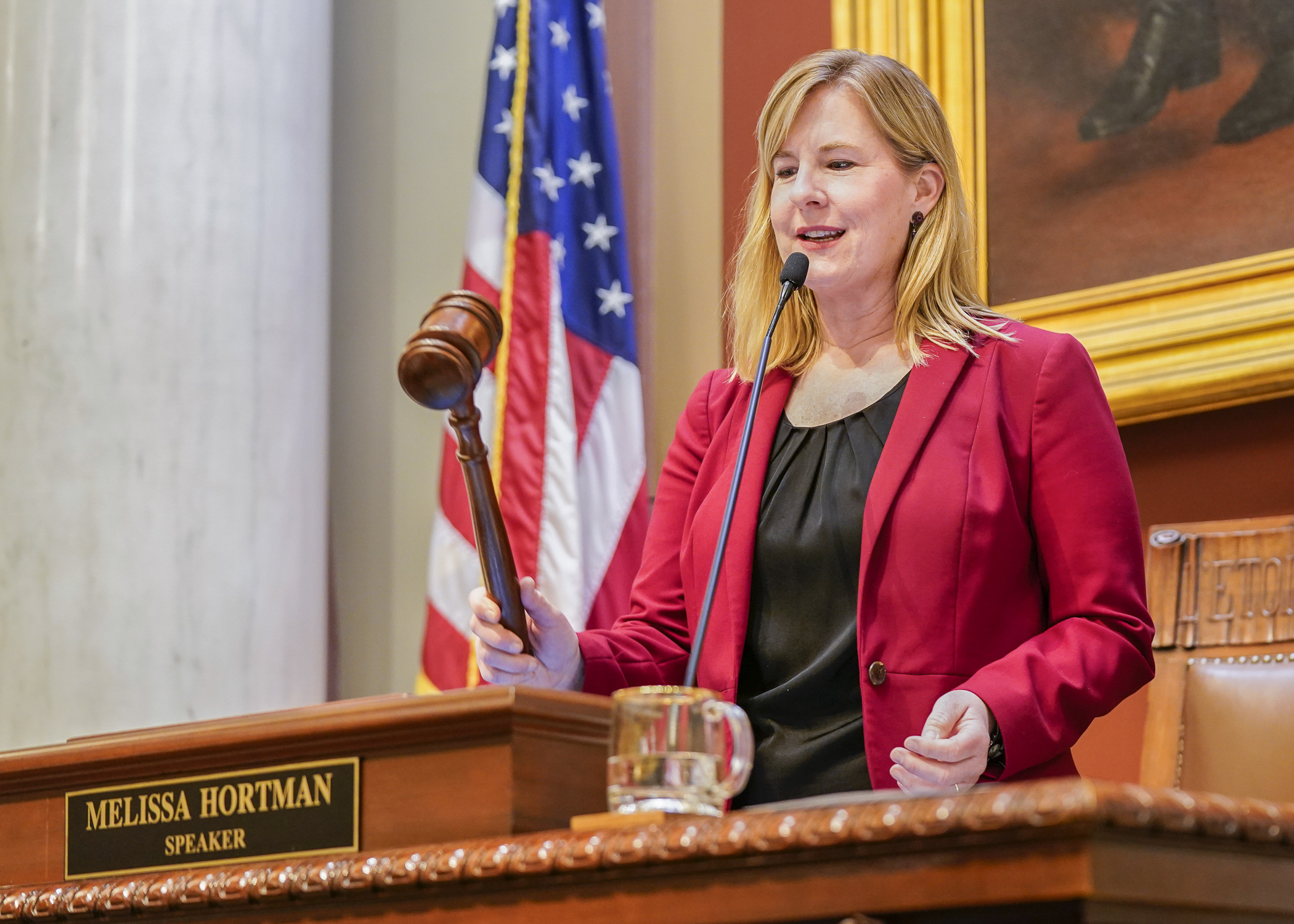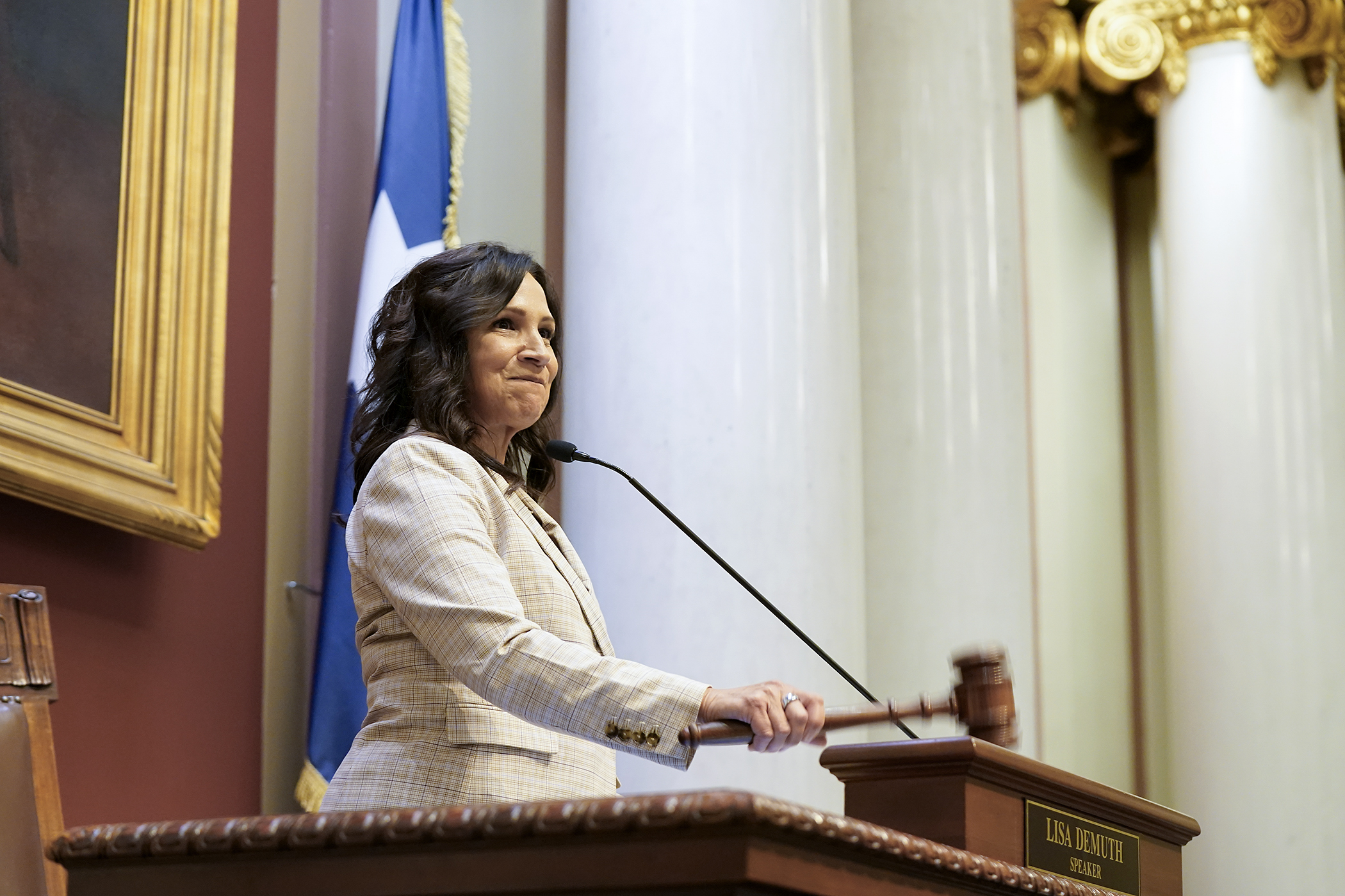House committee accepts recommendations on environmental trust fund spending
Projects ranging from fighting rock slime, to using lichens as air-quality monitors, to building new trails would get funding, under a bill approved by a House panel.
Sponsored by Rep. Rick Hansen (DFL-South St. Paul), HF172 was approved, as amended, by the House Environment and Natural Resources Finance and Policy Committee Tuesday. The bill would authorize funding of 85 projects across the state using about $80 million from the Environment and Natural Resources Trust Fund.
Moneys for the trust fund come from state lottery proceeds and can be used to conserve, protect and enhance the state’s natural resources. Distributions are based on annual recommendations from the Legislative-Citizen Commission on Minnesota Resources.
Unlike the past few years, the commission reached a supermajority to make a formal recommendation to the Legislature.
Hansen called the recommendation bipartisan and bicameral.
“As with any package, not everything everyone could agree on, but they could agree it’s a good package,” he said.
The recommendations include:
- $31.2 million for 15 projects on land acquisition, habitat and recreation, including funding for the Department of Natural Resources grants for local parks and money for trails;
- $16 million for 18 projects to protect or restore land, water and habitat;
- $8.3 million for 13 projects on water resources, including money to address microplastics in Lake Superior;
- $8.2 million for 19 projects associated with mapping, collection, analysis and dissemination of data needed for conservation planning;
- $5.1 million for two projects to address invasive species with the majority of funds going to the Minnesota Aquatic Invasive Species Research Center at the University of Minnesota;
- $3.9 million for eight environmental outreach projects, such as hands-on youth education;
- $3.9 million for six projects to address air quality, climate change and renewable energy. One project researches ways to decarbonize steel production with hydrogen plasma; and
- $3.1 million for administration, emerging issues, and contract agreement reimbursements.
Besides the funding recommendations, the bill would specify some criteria on capital projects, such as trails, campgrounds or buildings. Among them is that projects must continue with their intended purpose for at least 25 years, follow sustainable building guidelines, have a match, and full funding must be identified before trust money is distributed.
But Rep. Josh Heintzeman (R-Nisswa) wondered if putting criteria in statute would mean a big loss in flexibility.
“We don’t want communities missing out because of more bureaucracy,” he said.
Related Articles
Search Session Daily
Advanced Search OptionsPriority Dailies
Speaker Emerita Melissa Hortman, husband killed in attack
By HPIS Staff House Speaker Emerita Melissa Hortman (DFL-Brooklyn Park) and her husband, Mark, were fatally shot in their home early Saturday morning.
Gov. Tim Walz announced the news dur...
House Speaker Emerita Melissa Hortman (DFL-Brooklyn Park) and her husband, Mark, were fatally shot in their home early Saturday morning.
Gov. Tim Walz announced the news dur...
Lawmakers deliver budget bills to governor's desk in one-day special session
By Mike Cook About that talk of needing all 21 hours left in a legislative day to complete a special session?
House members were more than up to the challenge Monday. Beginning at 10 a.m...
About that talk of needing all 21 hours left in a legislative day to complete a special session?
House members were more than up to the challenge Monday. Beginning at 10 a.m...